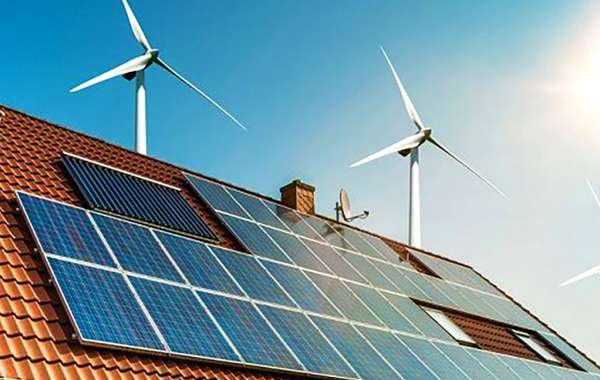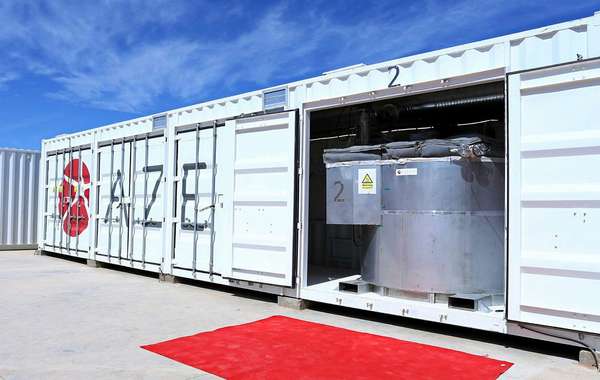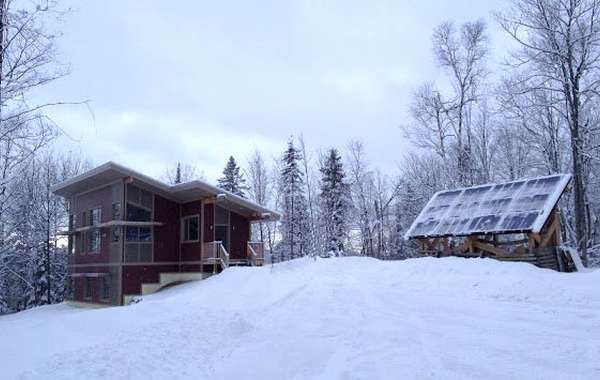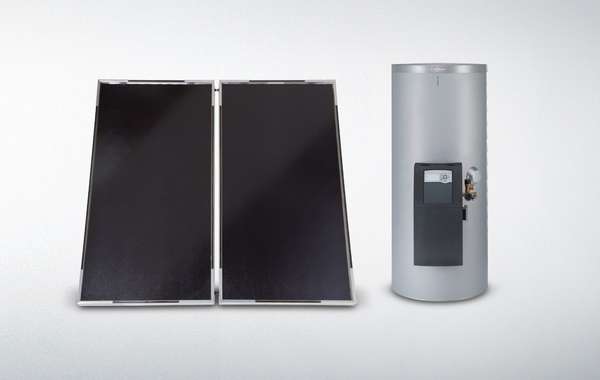There is a lot you can do in home construction to take advantage of the free energy provided by the sun. That can be passive solar, which is about home orientation and window design to passively heat your home, or active solar which involves mechanical solar panel systems.
Solar panels can be either thermal (which transfer heat directly to your home), or photovoltaic (which convert sunlight into electrical energy). The angle at which you put either type of panel will determine how well they perform.The following is an excerpt from a piece written by Hugh Perry, provided courtesy of ecoHouse Canada Magazine.
The direction and angle of solar panels:
Inclination in general is the angle between a reference plane (the earth), and another plane or axis of direction (the solar panel). This is referred to as ‘incidence angle’. If the earth’s rotation around the sun were fixed instead of its wobbling pattern, all parts of the earth would have one specific season instead of four.
It is the earth’s latitude that determines the changing seasons, and thus, the best angle to set panels at various times of the year. As a result there are two angles or inclinations that are referred to and they are often confused. One relates to the front of the panel and the other to the rear. A simple way to communicate these angles is to start from the earth and work upwards.
The front ‘inclination’ is the angle of the sun to the earth.
The rear inclination is the ‘tilt’ of the panel relative to the earth.
Since the incidence angle of the sun changes each day in the six-month cycle, averaging a tilt of the solar panel is necessary when not using a solar tracker. Trackers are not practical for thermal panels due to the weight but are used for PV panels. Solar trackers follow the sun’s path across the sky and can track the daily changes in incidence.
A general rule for capturing direct solar energy when not using a tracker, is to tilt the panel up from the earth as follows:
- Dec. 21 - latitude (assume 45°) plus 20° to 35°
- Feb. 21 & Nov. 21 - latitude plus 10° (This is an ideal fall and winter setting, as February is the coldest month and November has the least sunlight.)
- March 21 & Sept.21 - equal to latitude
- June 21 - latitude less 20° (However if heating water or air the additional heat may not be desired.)
The earth orbits the sun in an elliptical cycle becoming closest to the sun on the winter solstice resulting in the greater solar irradiance (the amount of solar radiation striking a surface). For this reason, solar thermal panels can experience the most intense production of heat.
Hugh Perry, senior mechanical inspector, Norr Limited.





























Comments (0)
Sign Up to Comment